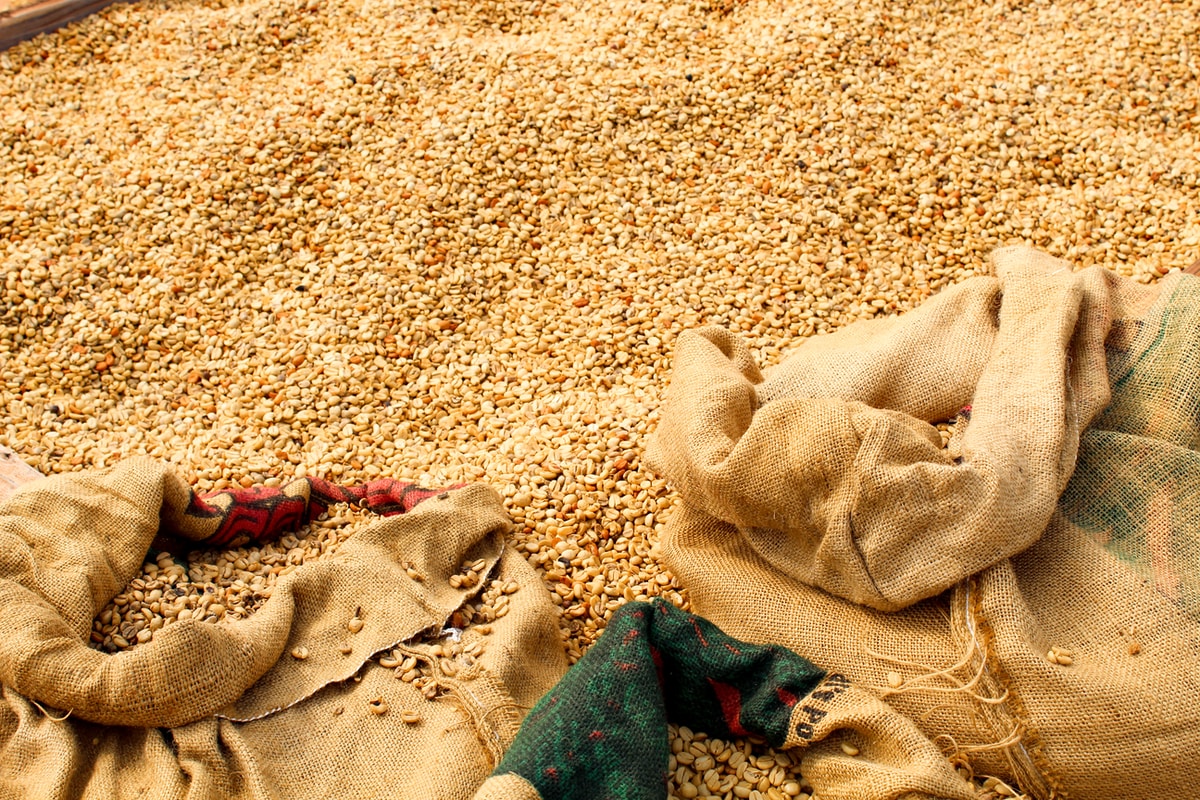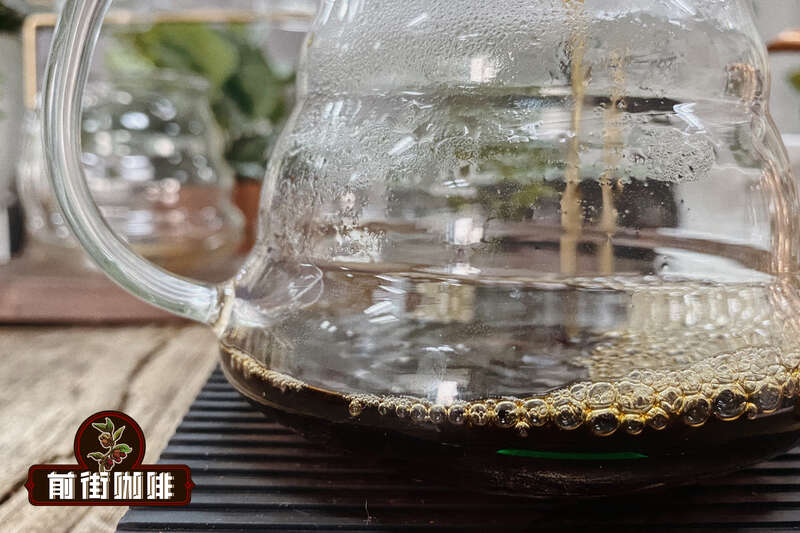Treatment of raw coffee beans and fermented coffee by sun drying, honey treatment and washing
Many people enjoy coffee without thinking about why it is so delicious. Drinking coffee is more than just pouring coffee powder into the coffee machine and pressing the button. Coffee comes from a kind of fruit called coffee fruit. Coffee beans are actually the seeds of coffee fruits. People need to remove, dry and ferment the peel and pulp in order to get coffee beans, which are then roasted, packaged and delivered to thousands of households.
Among them, the process of fermentation is very important for the formation of coffee taste. Like red wine, during fermentation, the sugar is broken down by yeast and bacteria to produce sour and fruity aromas. As the coffee fruit begins to ferment immediately after picking, the grower of the place of origin and the way the fruit is treated will directly affect the final taste of the coffee.
The processing of raw beans varies greatly according to origin, climate, logistics conditions and local traditions, but there are three most common ones:
1. The sun
There is the least manual intervention in the sun drying process, which means that people also have the least intervention in the coffee fermentation process. Solarization is the oldest raw bean processing process and requires the least energy such as water and electricity.
The fermentation and drying of sun-cured coffee is done while retaining the whole fruit for up to 30 days (if climate permits). The outer layer will not be removed until it is packed.
As the fruit needs a dry and warm environment to dry thoroughly, the humid climate or precipitation will affect the drying of sun-cured coffee, resulting in mildew and other problems. In order to ensure even drying and good ventilation, producers will dry the fruit on a tanning bed, dry concrete floor or table. The risk of drying the fruit is greater than that of washing, so it needs more care to avoid mildew or overfermentation.
Taste: tanned coffee is popular with coffee lovers because coffee usually has the aroma of red wine and rich fruit aromas, such as ripe blueberries or blueberry pancakes are more common in tanned coffee.
Origin: most common in Ethiopia, Yemen, Costa Rica and Brazil. In order to pursue the rich and unique taste of sun-cured coffee, people are doing a lot of experiments on the processing technology of fine sun-cured coffee.

2. Honey treatment
In the process of honey treatment, people remove the peel or pulp of coffee within the first 24 hours of picking, but still retain part of the mucous membrane, or "honey", which eventually creates the unique flavor of honey-treated coffee. Raw beans with preserved mucous membranes ferment for 18-25 days, have a lower risk of mildew than the sun, and end up with a similar taste.
Costa Ricans take the process of honey treatment to new heights and grade the honey with different colors: yellow, red and black, which means that coffee retains different degrees of "honey". Black is most similar to the sun.
Taste: usually creamy and sweet, similar to caramel, jam, blueberries and blackberries, sometimes with toasted or boiled fruit, similar to Barbossa Shiraz.
Origin: this method is known as "desizing and tanning" in Brazil, but honey treatment is generally more common in Central America such as Costa Rica, especially boutique coffee merchants are particularly interested in its delicate and delicate flavor.
3. Washing
Washed coffee has the highest commercial value, and it is also the method of raw bean treatment with the largest use of water resources. Within 24 hours after picking, people use a desizing machine to remove most of the peel and pulp, and then the coffee beans are placed in an open tank for 18-36 hours, sometimes up to 3 days or more, and fermented in water.
The duration and water consumption of fermentation depend on the available water resources and sewage treatment capacity (the treated sewage is toxic). After fermentation, people will rinse off the outer mucous membrane with water. This simple and efficient method is the most common in the world.
High efficiency means a reduction in labor costs and a reduction in error rates, such as mildew in the early stages of fermentation just mentioned. In addition, washing can also help people pick out bad fruit because it weighs less than good fruit and floats when it is put in water.
Taste: washed coffee usually tastes pure and bright, depending on the origin.
Origin: washing is the most widely distributed method of raw bean treatment, with the exception of some areas where water resources are scarce, such as Yemen. If the processing process is not indicated on the coffee package, the coffee is usually washed.

Important Notice :
前街咖啡 FrontStreet Coffee has moved to new addredd:
FrontStreet Coffee Address: 315,Donghua East Road,GuangZhou
Tel:020 38364473
- Prev
Props that need to be prepared for coffee cup testing
Cup test preparation props: although the cup test sample (blue bean plate) is coffee beans, it is recommended that the cup test be carried out 8 hours after baking. It does not matter if it has been exceeded, and the flavor of some coffee beans will not be stable until three or four days later. This depends on the sharp tip of your tongue to judge. Whether you use a bowl, a crystal cup of high-end whiskey, or
- Next
What does cleanliness in coffee roasting mean?
In the coffee roasting class, we keep talking about how to find clean roasting, which is actually the most direct description of the preparation of different drinks and the criteria for judging the coffee beans used for production, so some people always ask, what does clean baking mean? Today, I hope to explain it in a more specific and visual way through this article, because when it comes to coffee, we must be able to understand.
Related
- Beginners will see the "Coffee pull flower" guide!
- What is the difference between ice blog purified milk and ordinary milk coffee?
- Why is the Philippines the largest producer of crops in Liberia?
- For coffee extraction, should the fine powder be retained?
- How does extracted espresso fill pressed powder? How much strength does it take to press the powder?
- How to make jasmine cold extract coffee? Is the jasmine + latte good?
- Will this little toy really make the coffee taste better? How does Lily Drip affect coffee extraction?
- Will the action of slapping the filter cup also affect coffee extraction?
- What's the difference between powder-to-water ratio and powder-to-liquid ratio?
- What is the Ethiopian local species? What does it have to do with Heirloom native species?

